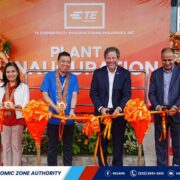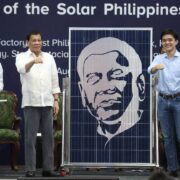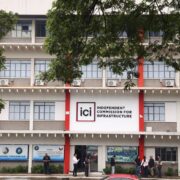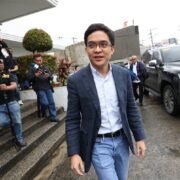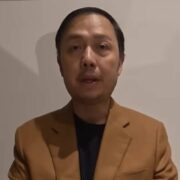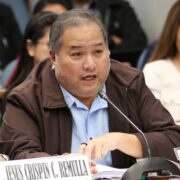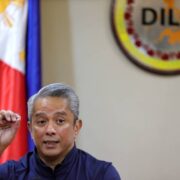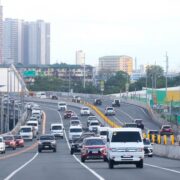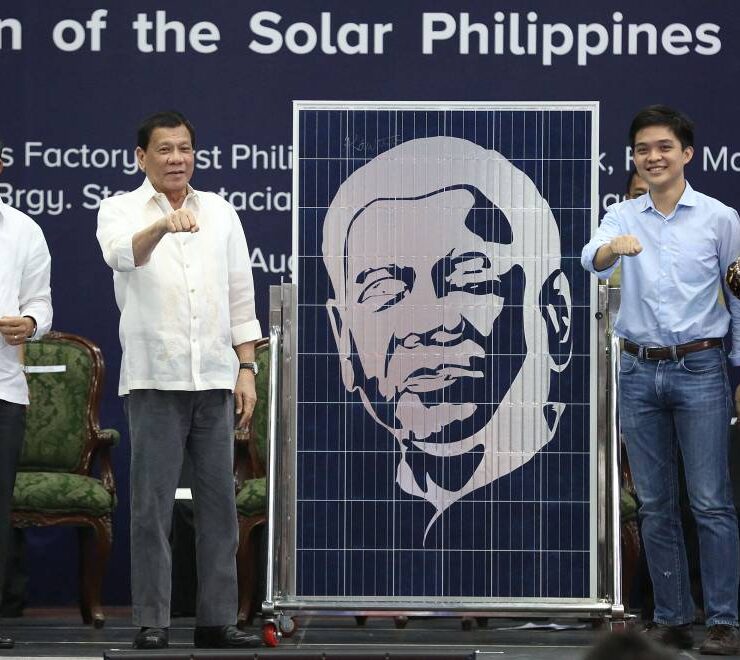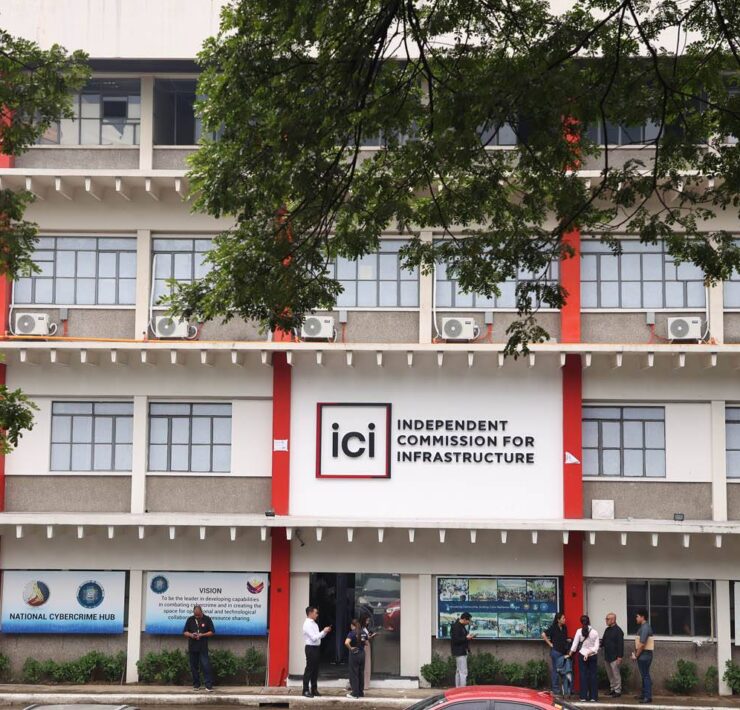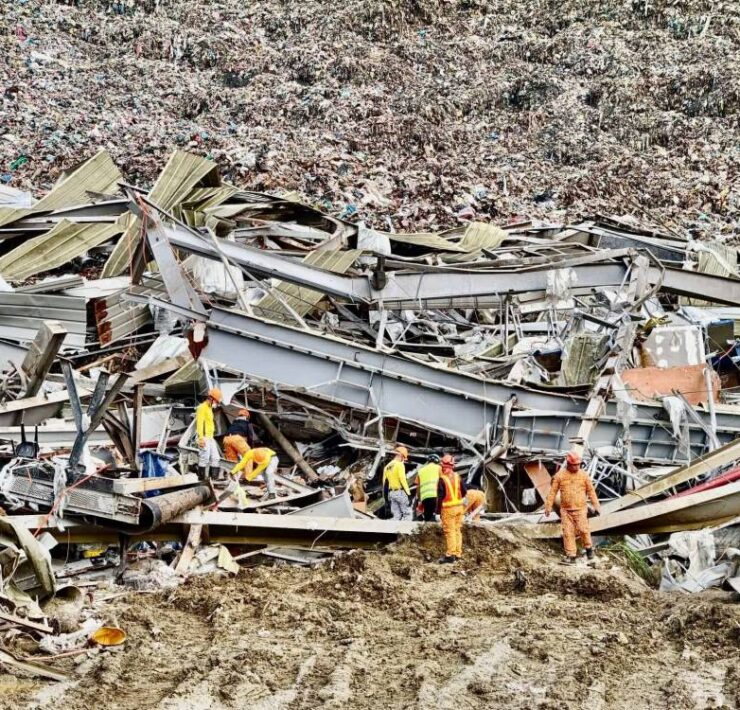‘We must leapfrog with renewable energy’
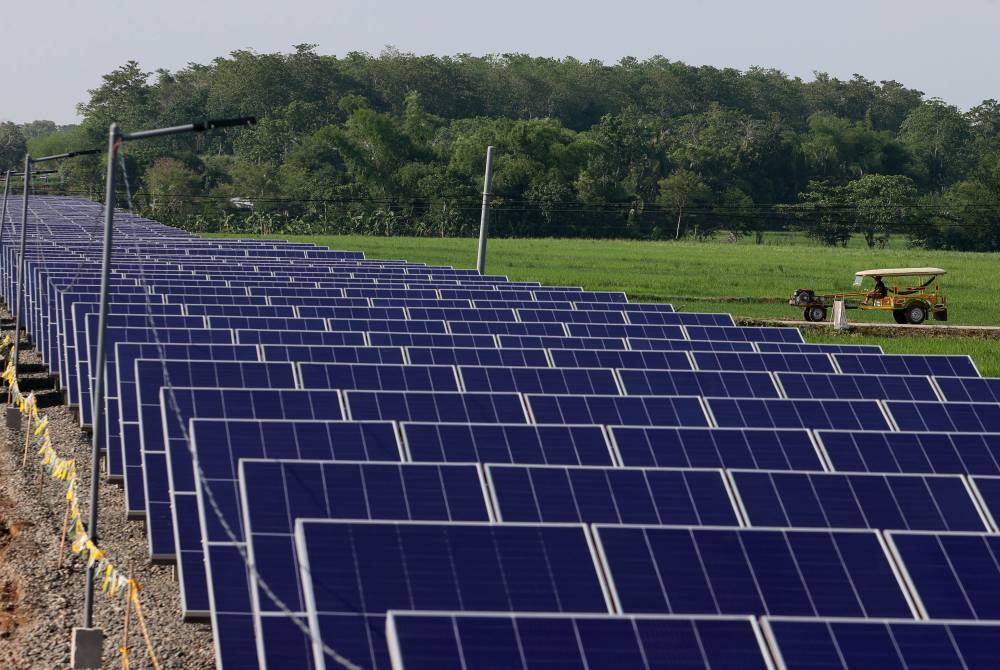
The most obvious energy source that is renewable and abundant in the Philippines is solar energy. Pangasinan and the rest of the Philippines are endowed with abundant sunlight year-round. There is no fuel to think about because the fuel comes out of the sky each day. In terms of waste management, all you need to think about is what to do with the components of PV cells when they reach their end of life. One can recycle materials such as glass, plastic, and metal. There are heavy metals such as cadmium in some PV cells that need to be processed and stored in a final sink, but these are not as tedious as the radioactive waste from nuclear fuel.
I always say we need to learn from the mistakes of the past and those of others. We too must apply this in terms of power generation. We must leapfrog with renewable energy. And although solar energy is the most obvious choice, we need to explore an optimal mix of energy sources suitable for the Philippines. We have already utilized geothermal and hydroelectric power, but wind power has not yet been maximized. I implore the good legislators to throw their legislative efforts into figuring out a renewable energy mix that will benefit the people, not the pockets of only a few. Nuclear energy is not renewable. I have also proven in the above sections of this article that it is not as inexpensive as proponents would like us to believe.
Tidal energy is also a topic that needs to be studied. If there are companies willing to invest in nuclear energy, there are also companies that may like to explore the great tidal power that the archipelago has to offer.
Waste-to-energy plants
Finally, we must investigate how power generation and waste management can be done at the same time. In Vienna, we have been running waste-to-energy plants for decades with good results. The air is clean, and the effluents are treated such that any wastewater that flows into the rivers is of drinking water quality. Of course, this requires an environmental threshold that is expensive. We must first examine the population numbers of the Philippines. As of 2015, the Pangasinan district alone of Rep. Mark Cojuangco has over 470,000 people. As of the 2020 census, Pangasinan has over 3,000,000 people.
Imagine how much waste the population creates, both organic and inorganic. The burden of waste management can also be shared by more people, which can make it more affordable. It’s logical to think that a family that consumes more must pay more for waste management. It is the same logic when one is billed based on electricity consumption.
We must then study the feasibility of a waste-to-energy incineration plant that can serve the entire Region 1. It can serve as a model for other regions. It needs to be outfitted with state-of-the-art flue-gas cleaning that eliminates air pollutants. But first, we must revise the Clean Air Act because it forbids waste incineration. I am not for burning all waste. There must be a system where we segregate organic agricultural waste and household waste that can be composted.
We can also explore the possibility of a biomass plant for agricultural waste. Despite the Clean Air Act, it is commonplace to burn the residues of harvest in the countryside. We must also study how we can extract methane from human and animal waste in a centralized power generation plant. What we need to pass on to an incinerator are plastics that cannot be recycled and other wastes that do not fall under any category of recycling.
The impact of logical waste management and power generation to complete a renewable energy mix will benefit the environment and the livelihood of the people. For how long can the environment sustain the onslaught of untreated waste and pollution from a vast population? Not very long is the scientific answer.
A strong portfolio of renewable energy sources, coupled with a backup of cleaner and cheaper energy sources like natural gas, can make the Philippines more energy secure, without the present-day utilization of coal and the proposed use of nuclear energy. (By clicking the hyperlinks, you can read the first and second parts of Manhart’s essay on nuclear power and renewable energy.)
Ann Marie Manhart is a Philippine-born Austrian writer who used to run a waste management consultancy firm in Vienna. She has an MSc in Environmental Technology and International Affairs from the Vienna University of Technology and the Diplomatic Academy of Vienna. She earned her MBA from the Ateneo Graduate School of Business.


